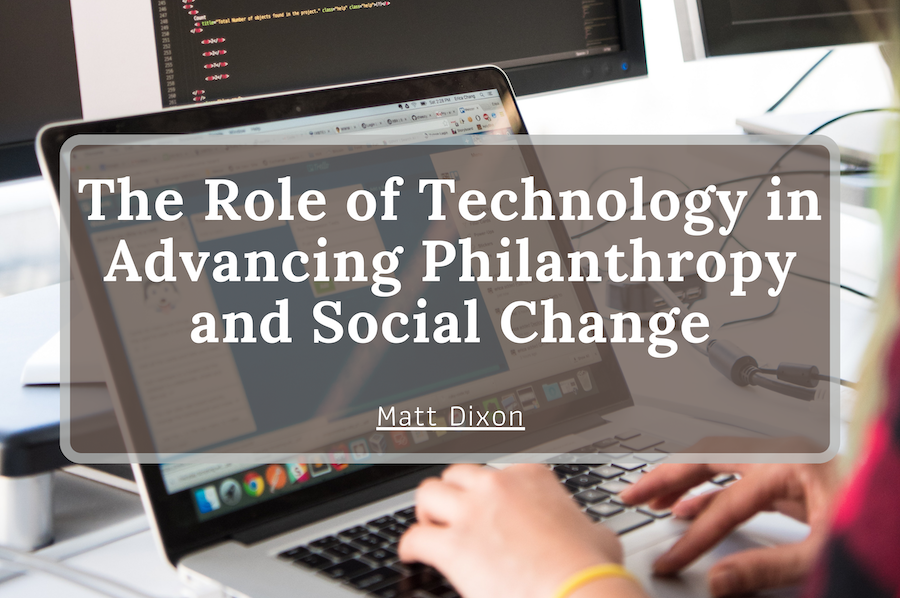Philanthropy and social change are intertwined, with philanthropy being a key driver of social change. However, the impact of philanthropy on social change has been limited by traditional methods of giving, which have needed to be faster to respond to emerging challenges. Technology has emerged as a powerful tool for advancing philanthropy and social change in recent years. In this blog, we explore the role of technology in promoting philanthropy and social change.
Increasing Accessibility and Transparency
Technology has made it easier for individuals and organizations to give and monitor their giving. Online sharing platforms like GoFundMe and Kickstarter have enabled individuals to raise funds for specific causes and reach a global audience. Similarly, blockchain technology has enabled transparent and accountable giving by providing a secure, tamper-proof way to track donations.
Democratizing Giving
Technology has also allowed people of all income levels to participate in philanthropy. Crowdfunding platforms, such as Kiva and GlobalGiving, allow individuals to contribute small amounts to support community projects, thereby democratizing the giving process. Additionally, social media has enabled people to share their giving stories, inspiring others to give and amplifying the impact of philanthropy.
Catalyzing Innovation
Technology has also catalyzed innovation in philanthropy and social change. For example, data analytics has enabled organizations to track the impact of their programs and adjust their strategies to achieve better outcomes. Similarly, artificial intelligence has the potential to transform social impact by identifying patterns, predicting outcomes, and optimizing resource allocation.
Fostering Collaboration
Technology has allowed organizations to collaborate and pool resources to achieve a common goal. Online platforms like the Social Impact Exchange and Catalyst 2030 have brought together philanthropists, social entrepreneurs, and impact investors to share knowledge, resources, and best practices. Similarly, social media has enabled organizations to connect with supporters, volunteers, and beneficiaries, fostering a sense of community and collective action.
Technology has significantly advanced philanthropy and social change by increasing accessibility and transparency, democratizing giving, catalyzing innovation, and fostering collaboration. As technology continues to evolve, its potential to drive social impact is limitless. Therefore, philanthropists and social change agents must embrace technology and leverage its power to create a better world for all.

